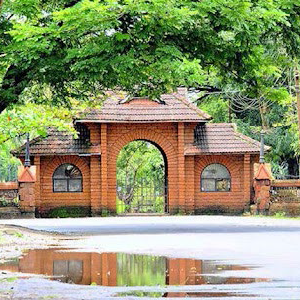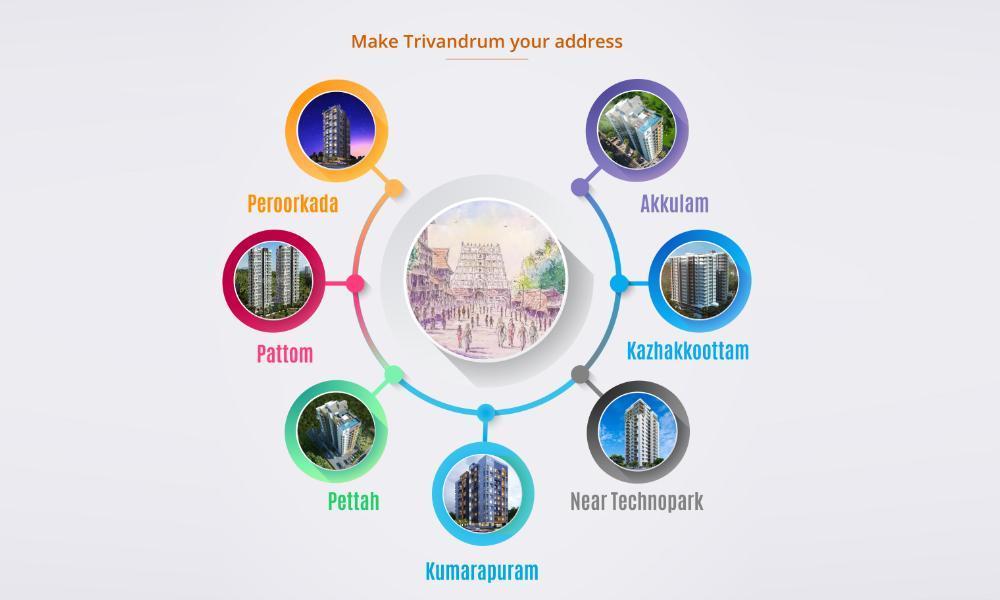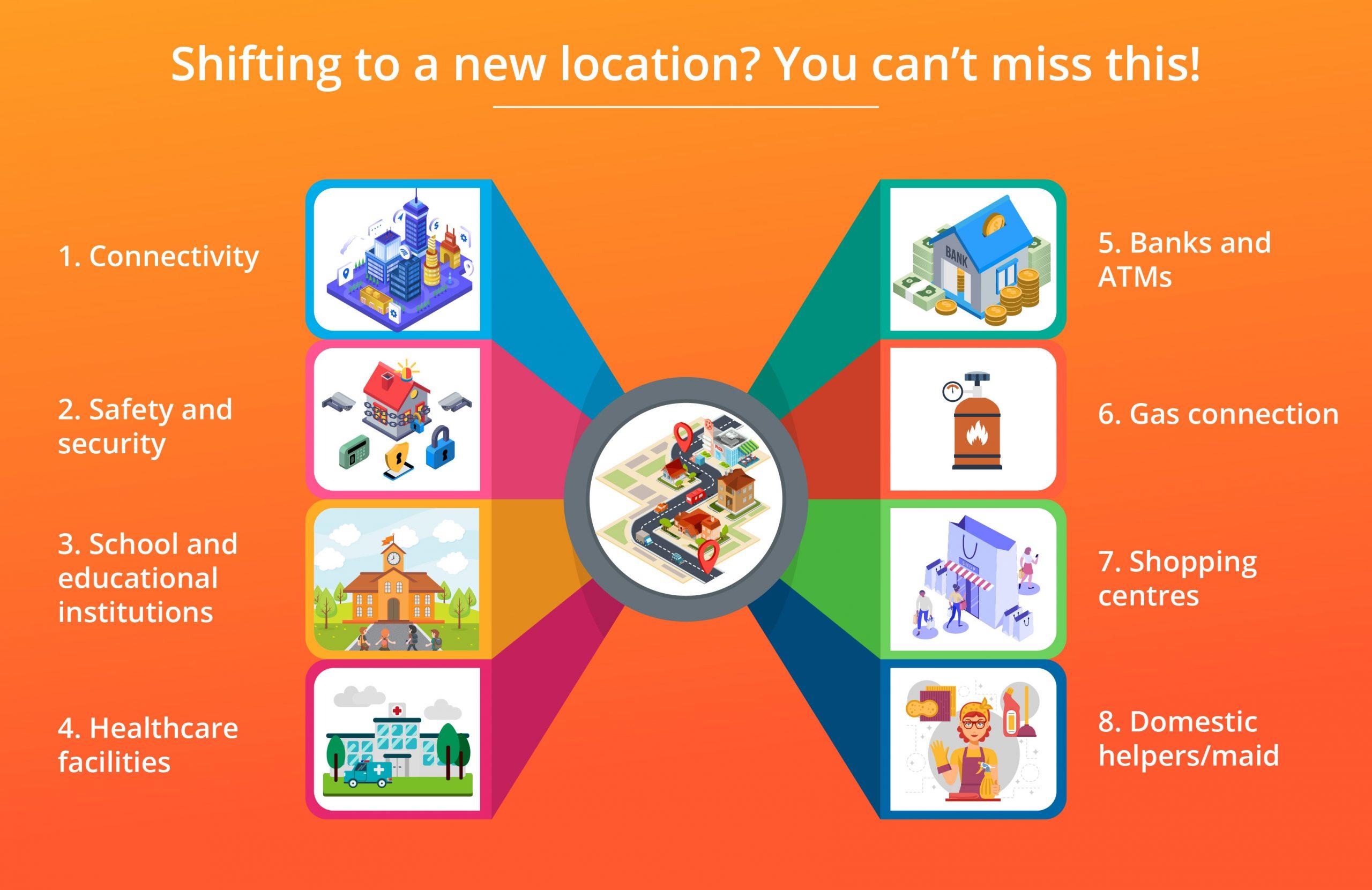Public lenders such as the State Bank of India, Bank of Maharashtra, Syndicate Bank, Bank of India, Bank of Baroda, Union Bank, Indian Bank, Allahabad Bank and United Bank of India – have announced their plans on linking their home loans with Reserve Bank of India’s repo rate.
As per the expert’s loan seekers – both existing and new ones, should get their loan sanctioned based on repo rate as it offers sheer transparency and ease of carrying forward the process. But before you jump into conclusions, make sure that you be familiar with how the new rate regime works and how it can affect your loan liability.
Banks have failed in keeping up with RBI’s policy rate cuts but seem to raise their rates. The banks’ reason for the same is the higher internal cost of funds. But with Repo-Linked Lending Rate (RLLR) loans in effect, smooth transmission and better transparency can be achieved.
For example, SBI’s home loan rate will come down from 8.4 to 8.05% for a new and existing SBI borrower- depending on their risk profiles and loan slabs id it is to have a 35 bps repo rate cut. RLLR loans would be more affordable than the loans linked with MCLR (the marginal cost of funds-based lending rate), or base rate or prime lending rates.
The proposal was meant to be effective from April but was delayed due to reluctance from the part of banks to follow and implement RBI’s proposal. Shaktikanta Das – RBI Governor had strongly emphasized the need for the entire banking system to switch to the RLLR model. While some banks are halfway there, others are still in denial, leaving their existing borrowers in a dilemma.
To switch or not to switch
If you are aiming for a home loan, wait till more banks launch repo-rate linked home loans before finalizing your decision about existing MCLR-linked loans. Patience can help you save the cost from switching to another bank. Do a thorough homework before closing in on your decision as it will cost you. For borrowers switching to RLLR within their existing banks, calculate savings on interest outgo after factoring in the upfront conversion fee. For example, when the scheme was launched, SBI had announced a conversion charge of 0.25% on the outstanding loan amount.
But if you are planning to switch to other banks, unsatisfied with your current bank’s rates you’ll have to bear other charges like processing, valuation and legal fees. The wisest option will be to keep yourself updated and to go with the bank that offers the narrowest spread as it will reflect the RBI’s policy rates more closely – especially in the case of higher valued loans. The narrower the spread over RLLR, the lower the interest cost will be.
Even if the initial rate seems low, once the process is initiated, several factors could push up the final rate offered to you. Because interest rates will be influenced by the loan to value ratio, borrowers’ credit score, number of house properties owned (two or more could mean higher rate) etc. Therefore, a close evaluation of the difference between the bank’s RLLR and the net rate before making a switch is very important.












